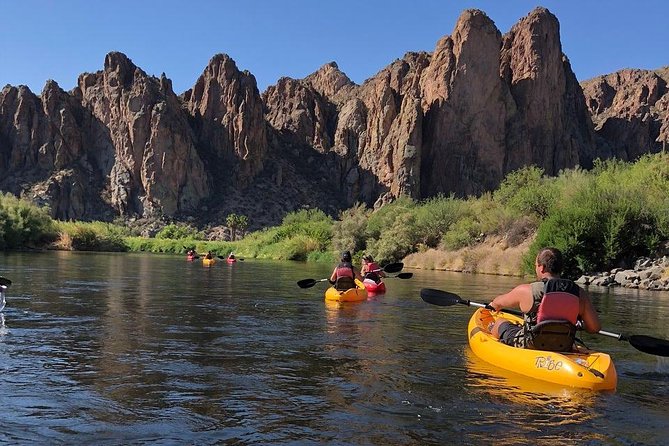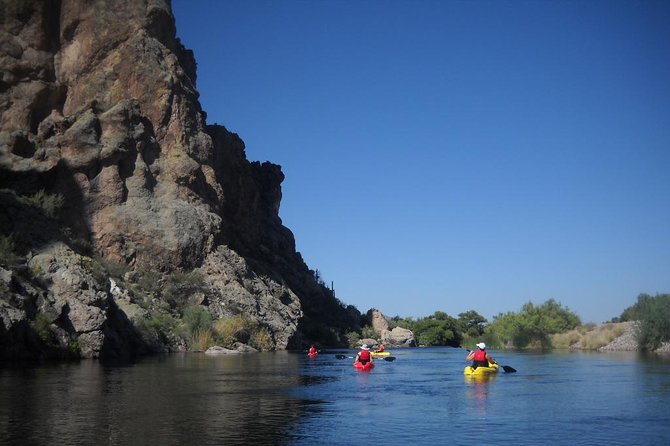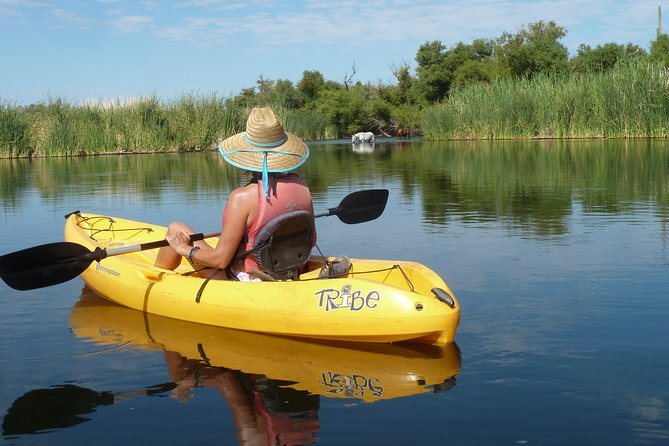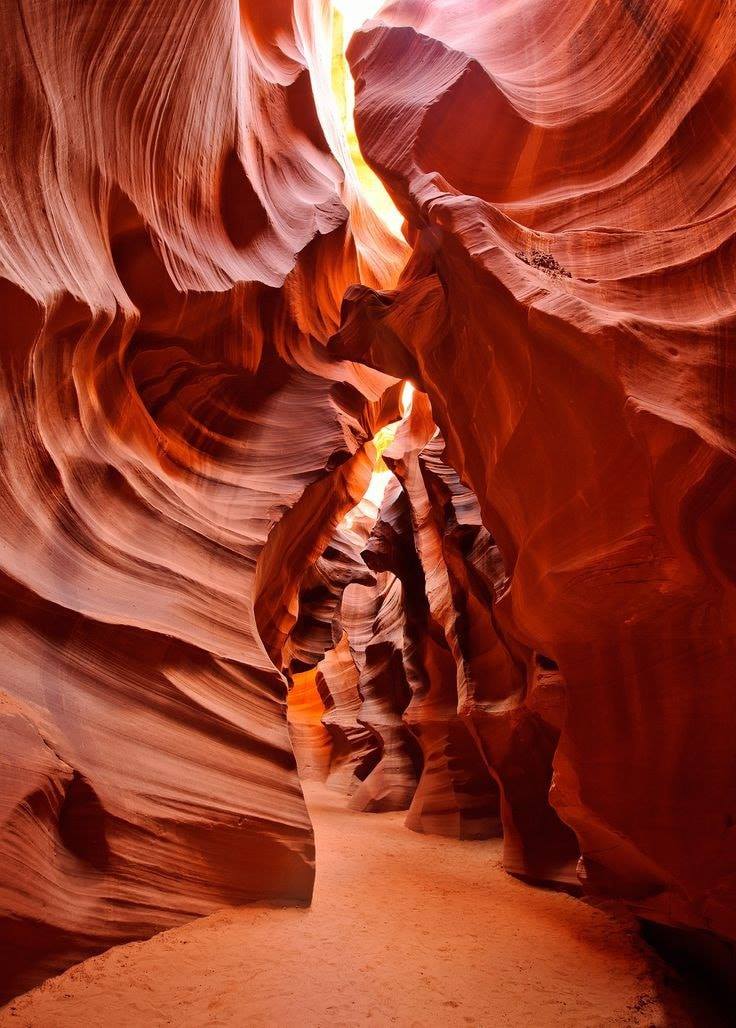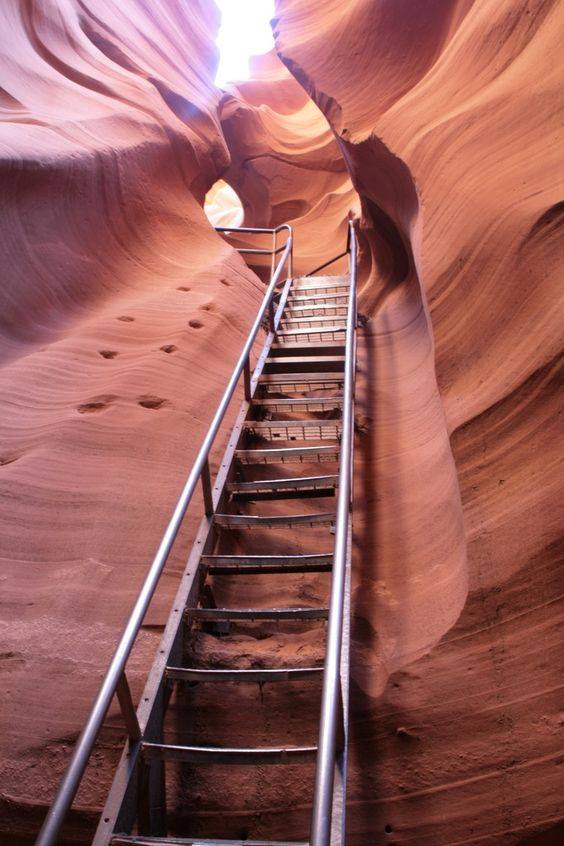The Wild Cave Adventure Tour will take you down into the depths of Bryant Mountain, hundreds of feet below the ground. This tour begins and ends at 2374 White Oak Trail, in Warrior, Alabama. For more information or to book this trip, click here.

This is an experience like no other. We travel to several underground destinations. You will visit multiple waterfalls and see many beautiful formations as we travel through the cave. This tour takes about four hours and costs $125.00.

It’s your adventure so we can get as wild as you’d like. Our cave family has pushed deeper and deeper into our cave system and made many interesting discoveries along the way. For more information or to book this trip, click here.
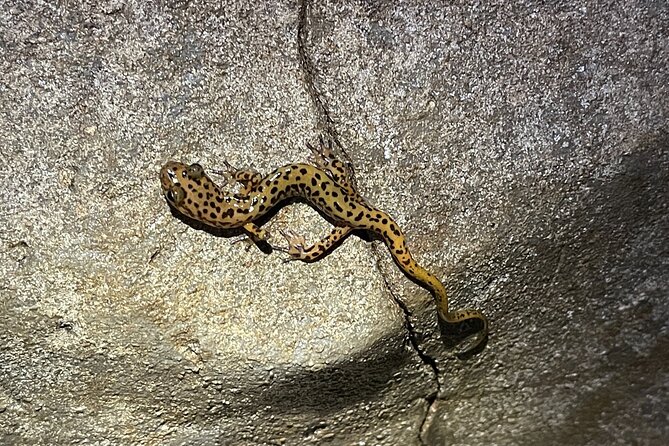
As long as the weather cooperates this tour takes you in one entrance and out another. You will be wet and proud when you reach the exit hole. Bring a change of clothes and prepare for an adventure you won’t forget!.

For more of the best adventures in the United States, click here.

